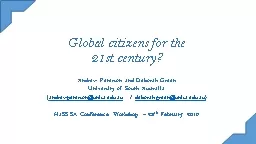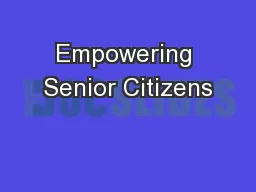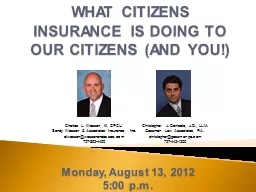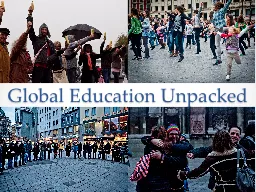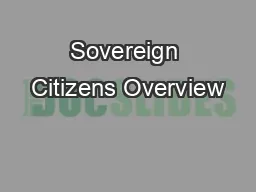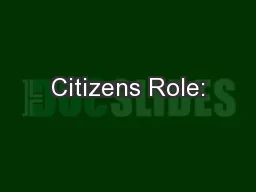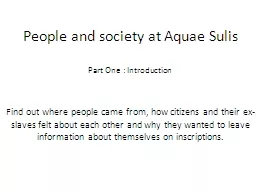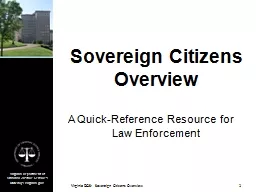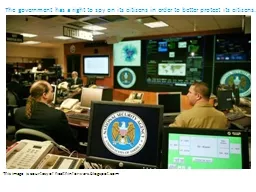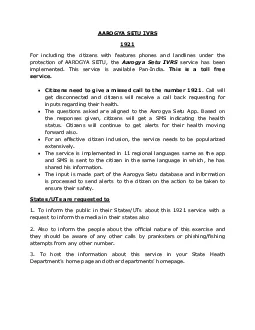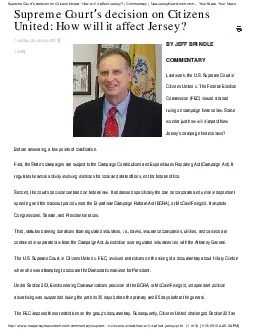PPT-Global citizens for the
Author : olivia-moreira | Published Date : 2016-04-27
21st century Andrew Peterson and Deborah Green University of South Australia andrewpetersonunisaeduau deborahgreenunisaeduau HaSS SA Conference Workshop 28
Presentation Embed Code
Download Presentation
Download Presentation The PPT/PDF document "Global citizens for the" is the property of its rightful owner. Permission is granted to download and print the materials on this website for personal, non-commercial use only, and to display it on your personal computer provided you do not modify the materials and that you retain all copyright notices contained in the materials. By downloading content from our website, you accept the terms of this agreement.
Global citizens for the: Transcript
Download Rules Of Document
"Global citizens for the"The content belongs to its owner. You may download and print it for personal use, without modification, and keep all copyright notices. By downloading, you agree to these terms.
Related Documents

